How to transport an elephant 1,700 miles in a pandemic
Fifty-year-old Mara had spent more than two decades in a dusty enclosure when Covid-19 hit. Brooke Jarvis looks at how she was able to start her new life despite the circumstances
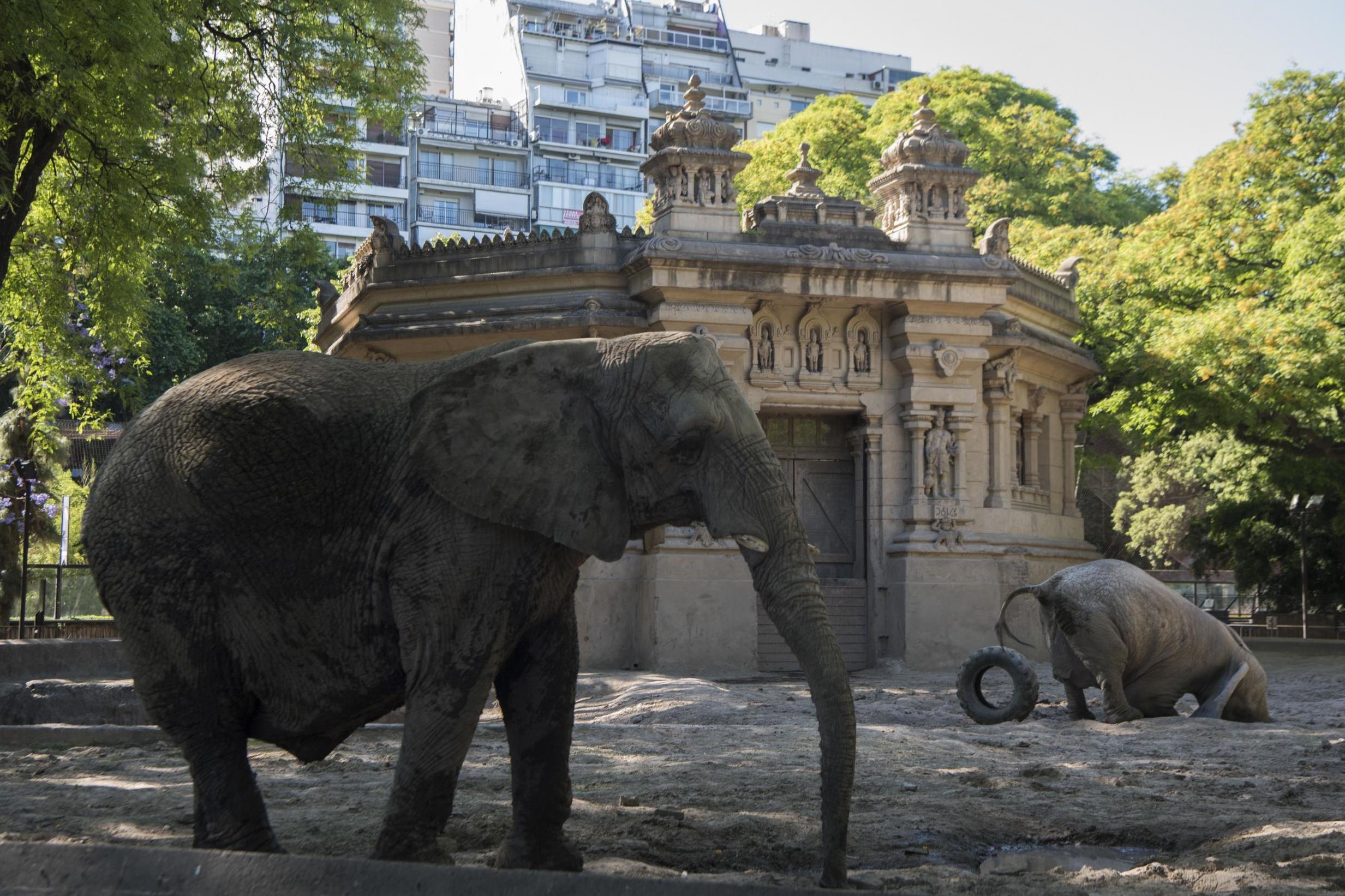
Your support helps us to tell the story
From reproductive rights to climate change to Big Tech, The Independent is on the ground when the story is developing. Whether it's investigating the financials of Elon Musk's pro-Trump PAC or producing our latest documentary, 'The A Word', which shines a light on the American women fighting for reproductive rights, we know how important it is to parse out the facts from the messaging.
At such a critical moment in US history, we need reporters on the ground. Your donation allows us to keep sending journalists to speak to both sides of the story.
The Independent is trusted by Americans across the entire political spectrum. And unlike many other quality news outlets, we choose not to lock Americans out of our reporting and analysis with paywalls. We believe quality journalism should be available to everyone, paid for by those who can afford it.
Your support makes all the difference.The border between Argentina and Brazil had been closed by the pandemic for nearly two months when, in early May, an unusual convoy approached the checkpoint in Puerto Iguazu. There were 15 people, all of whom had gone days with little sleep, and six vehicles, including a crane and a large truck.
Behind the truck was a specialised transport box. Inside the box was an elephant.
The elephant’s name was Mara. She was around 50 years old, and had spent the last two and a half decades of her life in a dusty zoo enclosure in the Palermo neighbourhood of central Buenos Aires. The zoo was once a centrepiece of the city’s grand Victorian parks, a symbol of its prestige. There is, as Argentina’s vice president observed in 1888, no such thing as a major city that did not have a zoo.
In the fashion of the time, Mara’s enclosure was built to look like the romantic ruins of a Hindu temple. But for her it was a difficult home, small and tense, crowded with two other elephants. They were African elephants, a different species than Mara, who is an Asian elephant, and because they did not get along, keepers made sure they never shared their small space – swapping them back and forth between the indoor and outdoor sections of the enclosure every day. Mara spent a lot of time standing inside, despite elephants needing to walk a lot to digest properly and to keep their feet healthy, and she spent a lot of time alone, even though elephants are deeply social. She often spent hours swaying her head in a circle, a stereotypic behaviour considered a sign of stress in captive elephants. Visitors watched the same behaviour in a polar bear, Winner, before he died in a heat wave in 2012. A few years later, two of the zoo’s sea lions died within days of each other.
People began to protest that something had to be done – not just for Mara, but for all the animals, some 2,500 of them as of 2016, that were squeezed onto just 42 acres. One protest group, SinZoo, said that it was petitioning “for the liberty of the prisoners in Palermo”. The city, which owned the land, decided to step in and take over management from the private company that had been running the zoo.
But by then, says Tomas Sciolla, who became the new wildlife and conservation manager, the protests raised a question that the city had to take seriously: Was it enough to improve the lives of animals that still lived in a zoo? Had its view of animals and their role in society changed at all since 1888?
“Are we only going to provide better conditions?” he asked. “Or do we want to do something a little more profound?”
Two years before, in 2014, Argentina had become the first country to recognise a great ape – an orangutan named Sandra, also a resident of the Buenos Aires zoo – as a nonhuman person with legal rights of her own. Now a planning committee, convened to determine what was next for her neighbours, decided it should start by examining the zoo’s most fundamental assumptions. “Do we want a zoo?” Sciolla asked. “Is that something that’s aligned with how we think animals should be respected?” The answer they came to was no.
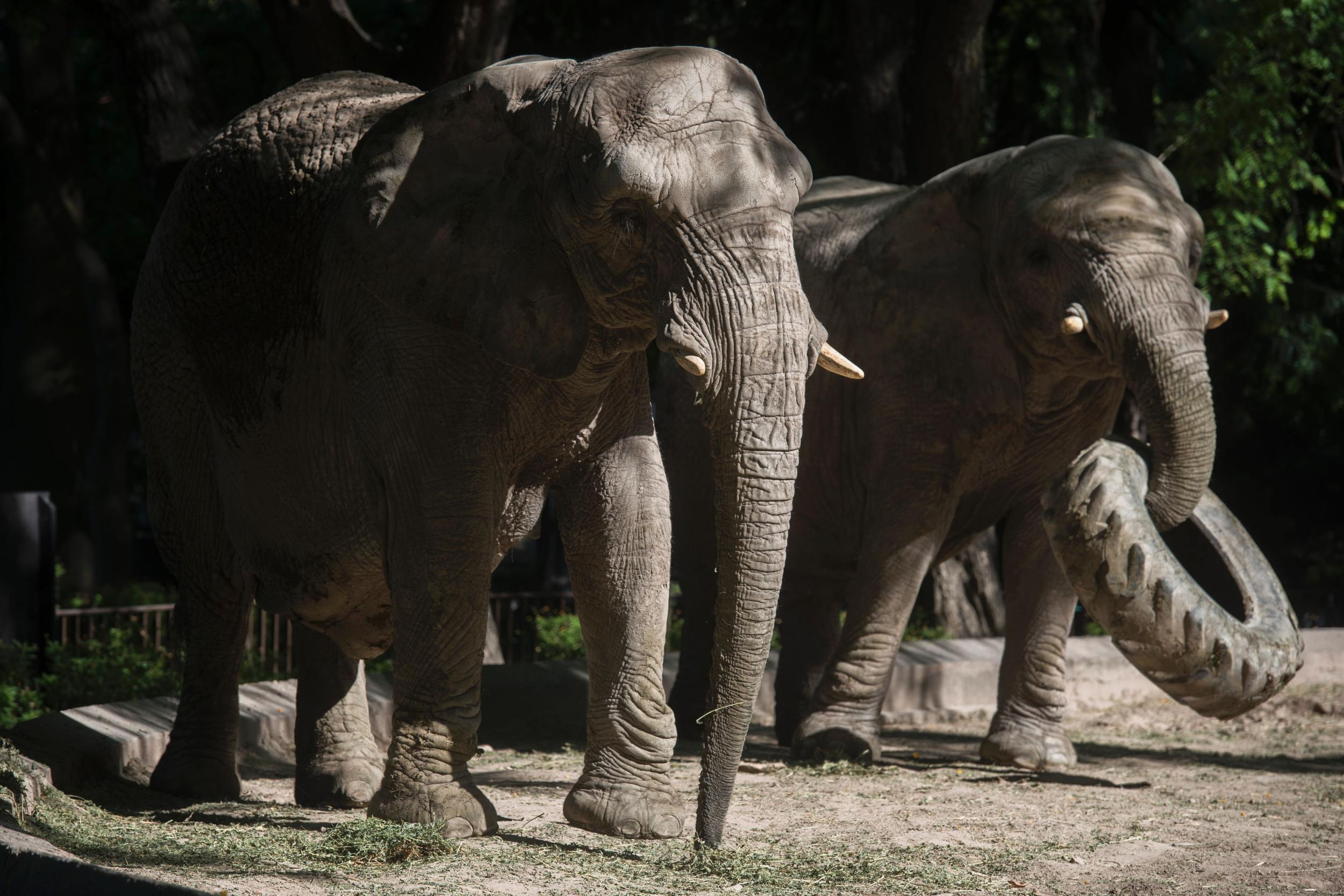
The city decided that the land should transition to an “ecopark,” where children could learn about conservation and native animals could be rehabilitated but would not live their lives on display. The committee began researching how it could send the zoo’s current animals away, to new homes in sanctuaries and nature reserves. Some were too old or ill to move, and some animals died. But, as the logistics came together, many others left: three spectacled bears to an animal sanctuary in Colorado; Sandra the orangutan to the Centre for Great Apes in Wauchula, Florida. By this spring, 860 animals had been relocated. Mara would be number 861.
The committee made a plan to move her to Elephant Sanctuary Brazil, a 2,800-acre compound recently established in the state of Mato Grosso. But to relocate an elephant 1,700 miles across international borders requires a great deal of paperwork. (This is to guard against the smuggling and laundering of animals, especially endangered species.) In Mara’s case, getting permits means proving where she was born and where she had lived before she came to the zoo in 1995. Then, she had been confiscated from a circus, Circo Rodas, because of poor treatment. But where had her life taken her before that?
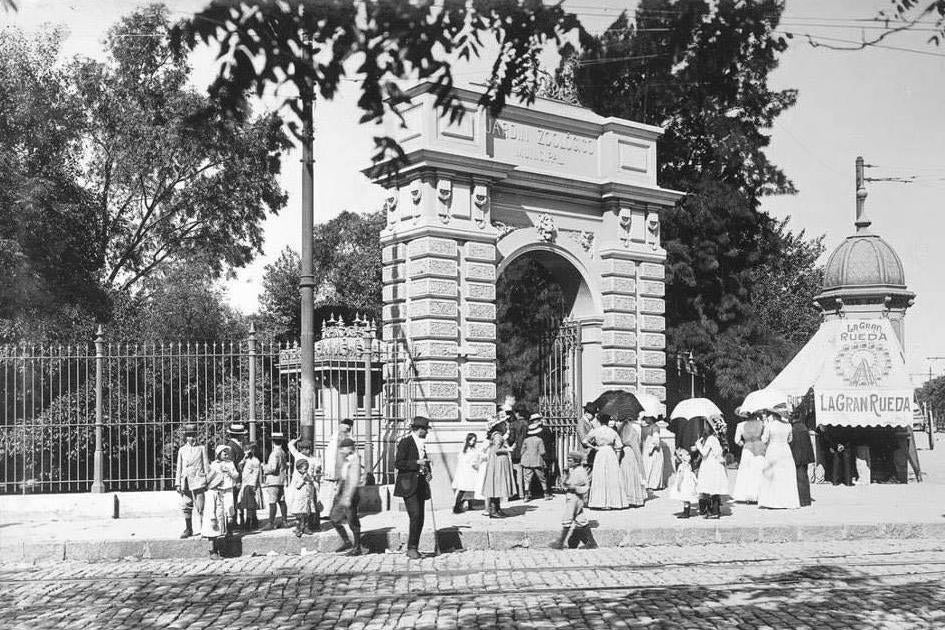
Media attention to Mara’s case got the public involved, and people came forward with information. The Tejedor family, which once ran a number of circuses, reported that in the early 1970s they had purchased Mara, along with two other elephants, from Tierpark Hagenbeck, a zoo in Hamburg, Germany. It turned out this zoo had acquired her at a young age from India, where she had been born into captivity at a work camp. Victor Veira Tejedor, whose grandfather and great-uncle owned the circus that bought her, remembers Mara as a member of the family, hungry for attention and affection.
“She’s a very special being,” he says. For years, Mara travelled with the family from town to town in Argentina, Uruguay and Brazil, performing for crowds. Old photos show her as a baby, with two men leaning on her back; grown up and doing tricks on a little stool while wearing a headdress; balancing on her front feet and her trunk inside an empty circus tent.
Veira’s family left the circus business in 1980, when he was 12, and sold Mara to Circo Rodas.
“That’s when things started to get ugly for her,” Sciolla says. Mara didn’t “behave” – “because what is ‘behaving’ for an elephant that’s in captivity and being forced to perform?”
Everything is worth it when you see an animal that has spent most of her life in an unnatural way connecting with what she is
The new circus hired Mara’s former trainer to get her to start performing again. But Mara, perhaps feeling threatened, killed him. “It’s not a lie that elephants do not forget,” Sciolla says. Before she was confiscated and taken to live at the zoo, she was found chained in a parking lot.
But the zoo was only a relative improvement in conditions, and after two and a half decades, Sciolla was desperate to get Mara out. The departure plan required intense coordination with multiple ministries and two national governments, but at last, the pieces fell into place: Mara would finally move to the sanctuary in Brazil in March.
“And of course, then Covid-19 started,” Sciolla says.
Argentina imposed one of the strictest lockdowns in Latin America, and the original plan had to be scrapped. But the window for the hard-won permits for moving Mara was closing fast. Sciolla, who has a large picture of Mara hanging in his apartment, found himself making a strange case on the phone with a parade of government officials.
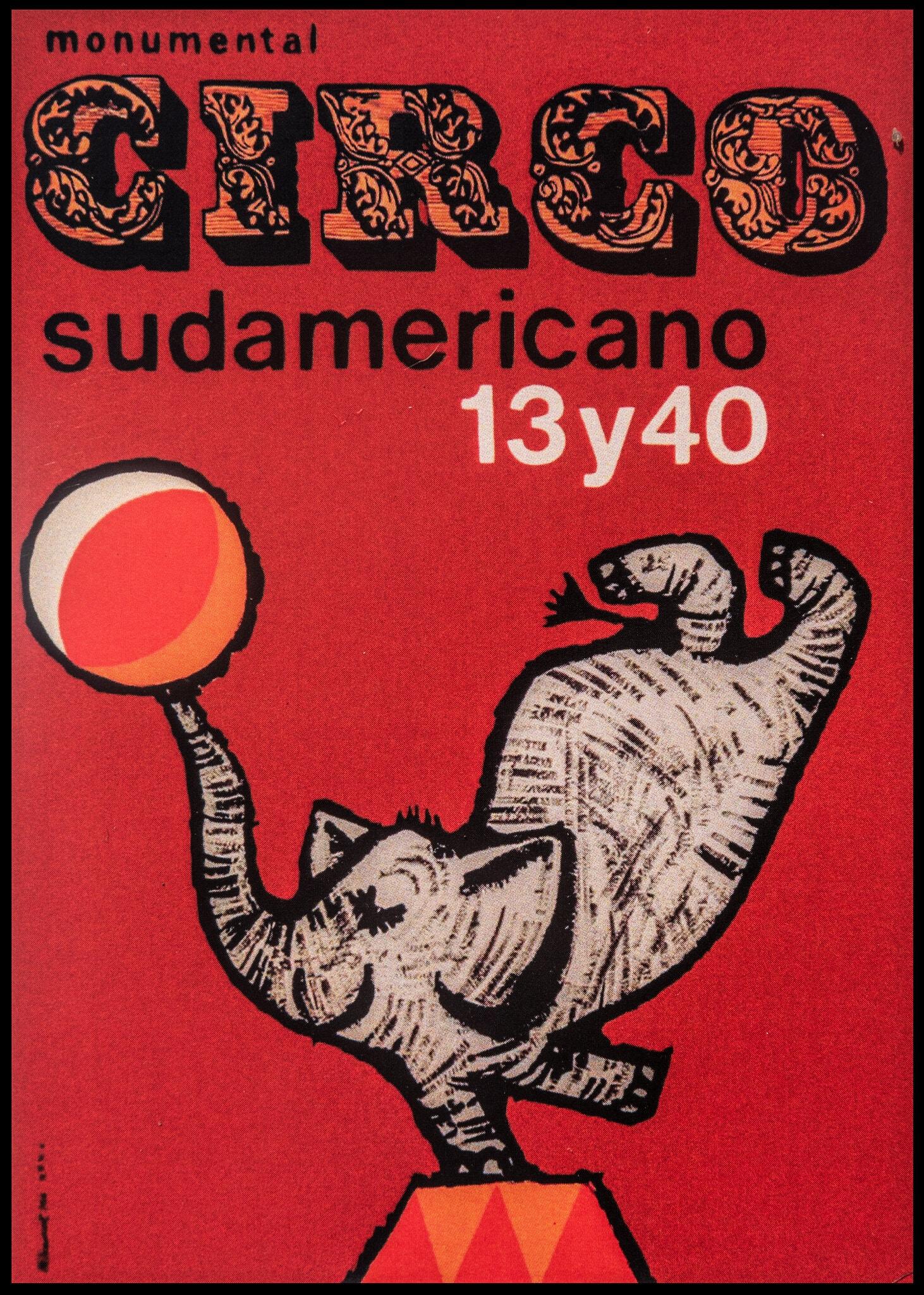
“I know you’re dealing with a crisis,” he told them. “But we need to translocate this elephant.”
He was moved by how eager the officials were to help make that possible.
And so Mara, after a long and complicated life, found herself in a box, in a pandemic, waiting at the closed border between nations. Only four of the humans were allowed to cross with her and make the final journey to the sanctuary. But once the smaller party was safely through the border, Sciolla began to feel some relief from, as he put it, “all the pressures you feel when you’re thousands of kilometres from home with an elephant”.
There was one final barrier – moving the exhausted elephant onto a truck that could handle the last 40 miles of rough road – and finally the box arrived to open space, grass and trees. Sciolla chokes up when he remembers it.
“Everything is worth it when you see [an] animal that has spent most of her life in an unnatural way connecting with her essence and what she is,” he says. “For her, it took a long time.”
Mara quickly bonded with another Asian elephant named Rana. Their connection was so instant and intense that some people present wondered if they had known each other in their childhoods – could Rana been one of the three brought from Hamburg all those years ago? Veira was doubtful, but he found it moving to watch videos of Mara exploring her new home all these decades after their time travelling together.
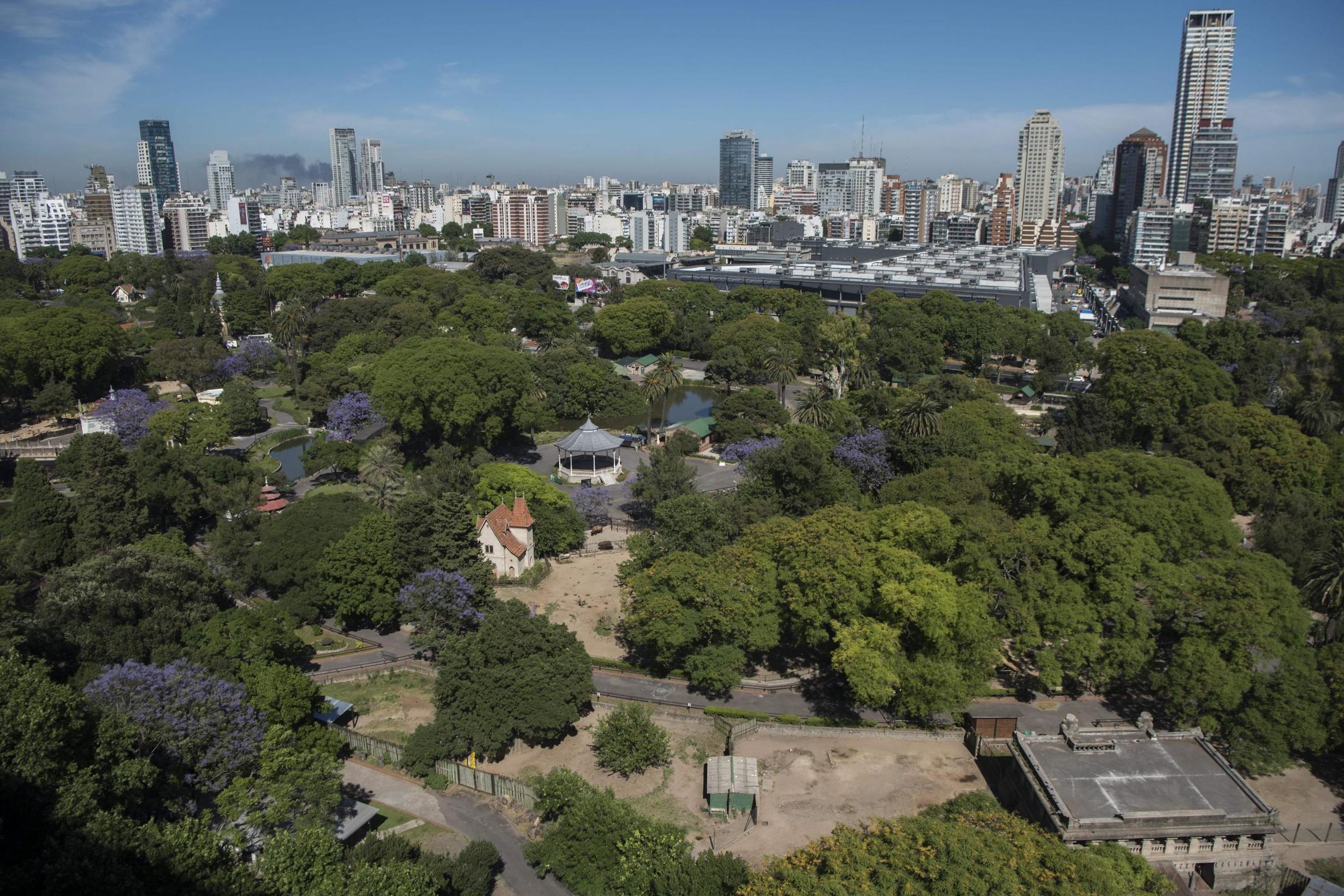
“It’s lovely to see her in a place like she should have been all along,” he says.
These days, his family members who are still in the circus industry have long since removed animals from their acts. “It would be madness to be travelling around with a circus elephant now,” he says – the times had changed, and so had the understanding of what people owe to animals.
In Brazil, Scott Blais, a co-founder of the sanctuary, watched Mara explore her new relationships with the other elephants.
“She was labeled a killer,” he says, but he had come to see her as “a ball of insecurity” who had been starving for interaction.
Blais has been working on the permitting to bring in more elephants, including from a zoo in Mendoza, Argentina, that had, after a long string of deaths amid poor conditions, also decided to rethink its purpose. It is closing exhibits and making plans to send animals elsewhere. One of the elephants he is most eager to relocate would be leaving her small concrete enclosure for the first time since she was born there 22 years ago.
Still, Blais likes to think of the sanctuary as a temporary measure, a step in what he hoped would be a continuing reevaluation of how people think about our relationships with animals. Some future day, he imagines, would be “the happiest day of my life”: the day there are no more captive elephants that need to be moved there.
For now, though, there was Mara – out of the box, the circus and the zoo – stretching her legs, scratching her back on trees, making a friend.
© The New York Times
Join our commenting forum
Join thought-provoking conversations, follow other Independent readers and see their replies
Comments